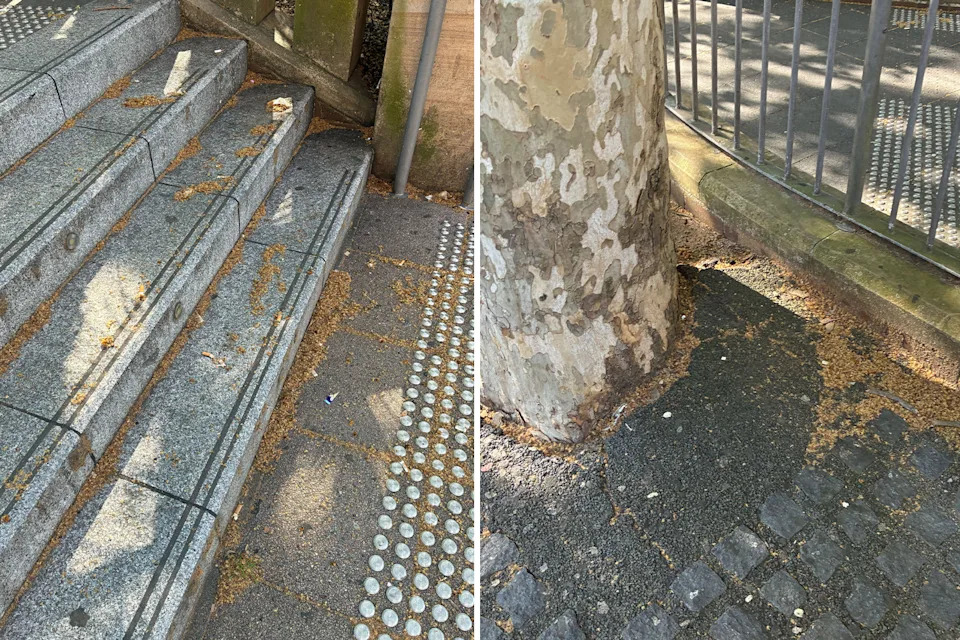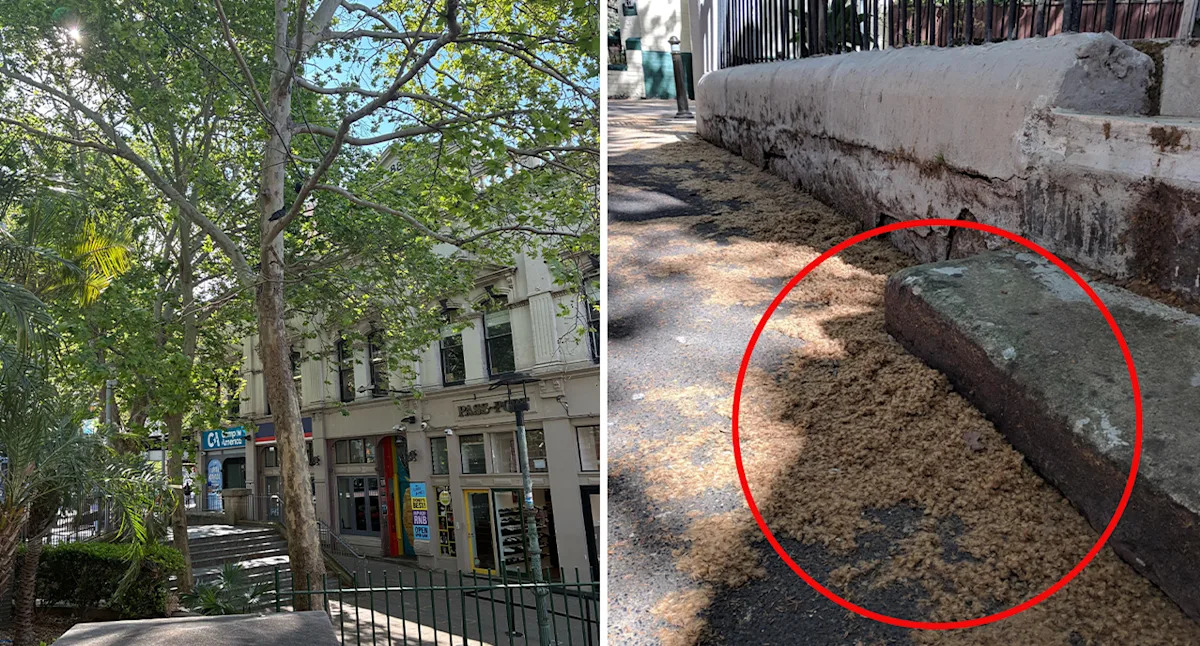Spring brings warmer weather and the slow crawl towards summer — but for millions in Australia’s capital cities, it also signals the start of the dreaded allergy season. As trees shake off their winter dormancy, releasing pollen and itchy seed hairs into the air, people can feel like they’re literally choking. In Sydney, no tree embodies this torment quite like the London plane tree.
Experts agree it certainly won’t “win any contests for being Australia’s favourite”, and each year, social media explodes with complaints from residents struggling to breathe. Some swear they never “had allergies until I moved to a place with one of these things out the front,” while others ask, “Why did they plant these trees everywhere?”
“Nowadays, I want to take a drill to my sinuses around September,” one fed-up Sydneysider wrote online. “They’re ugly, and the fibres they drop are itchy and disgusting,” said another.
Plant and pollen researcher Professor Ed Newbigin with the University of Melbourne is well aware of the issue. But he explained that the trees don’t typically cause serious allergies, though it certainly might feel like it.
“They’re often viewed with suspicion as people think they cause hay fever,” he told Yahoo News Australia. And the achene fibres “really irritate patrons at cafes with outdoor tables”, in particular, he added.

The trees, an introduced species, provide ample green cover, but also make quite a mess. Source: Yahoo News
But Prof Newbigin said that while they do release tiny hairs from the underside of their leaves, called trichomes, and fruits called achene fibres, which can definitely irritate the eyes and nose, “it’s actually just the body reacting to a physical irritant, not an allergic response”.
Greenery and canopy cover are essential in urban areas, but some argue that the London plane creates more problems than it fixes. Featuring heavily in cities such as Melbourne, Sydney and Adelaide, many standing today are well over a century old — some even pushing closer to two.
Admirers of the trees argue their historic value and broad size make them ideal for city streets. But others say the “hairs” the trees produce in spring leave thousands coughing, sneezing and rubbing their eyes, as the tiny fibres irritate noses, throats and skin.
London plane trees: Are they more trouble than they’re worth?
Prof Newbigin said that though many people are sensitive to plane tree pollen, studies indicate it doesn’t seem to cause their seasonal hay fever symptoms.
“The hay fever-like symptoms may instead be caused by the hairs these trees release. In cases where a patient’s hay fever is actually triggered by plane tree pollen, there’s always a risk of this triggering an asthma episode as well.
“But grass pollen is far and away the biggest risk, as many more people are allergic to grass pollen and grasslands are a dominant feature of rural Australia.”
In Sydney, where the trees are widespread across the city, a council plan has been in place since 2023 to gradually phase them out. A City of Sydney spokesman confirmed to Yahoo that across the last decade, the trees — an introduced species — have steadily declined in numbers from 14.2 per cent of all street trees in 2014 to 9.6 per cent in 2025.
“Research shows the London plane tree may be more vulnerable to the stresses of a hotter urban environment, so we committed to reducing our reliance on this species,” he said.
“We do not proactively remove healthy trees. We only remove and replace old or dying trees when they can no longer be maintained, or they are posing a public safety issue.”
A 2011 Australian study found that among Sydney residents with allergies, most were primarily sensitive to house dust mites and grass pollen, with only around seven per cent reacting to plane tree pollen.
Participants kept daily symptom diaries, and the results showed no noticeable increase in symptoms during the peak plane tree pollen season from August to October. There was also no difference between those who were sensitised to plane tree pollen and those who weren’t.
But that doesn’t mean the pesky trichomes aren’t a nuisance — their tiny hairs can still leave people itchy-eyed, sniffly and uncomfortable, even without triggering a true allergic reaction. Even if it’s not an allergy, the airborne fibres are enough to make walking under these trees a test of patience each spring.
Tips to keep your home allergy-free this spring
Run your A/C during high-pollen days. Goran Surbevski at Alliance Climate Control urged Australians to use their air conditioner to filter pollen and allergens, keeping air circulating and trapping particles before they settle.
Schedule seasonal HVAC maintenance. Have your heating, ventilation, and air conditioning serviced each spring to clean components and replace filters, improving air quality and system efficiency.
Seal leaks and improve insulation. Seal gaps around doors, windows, vents and ducts to stop outdoor allergens from entering and boost energy efficiency.
Keep humidity at 30 to 50 per cent. Maintain moderate indoor humidity to limit mould and dust mites, ideally using a smart thermostat or dehumidifier.
Love Australia’s weird and wonderful environment? 🐊🦘😳 Get our new newsletter showcasing the week’s best stories.


